Seodaemun Independence Park in Seoul
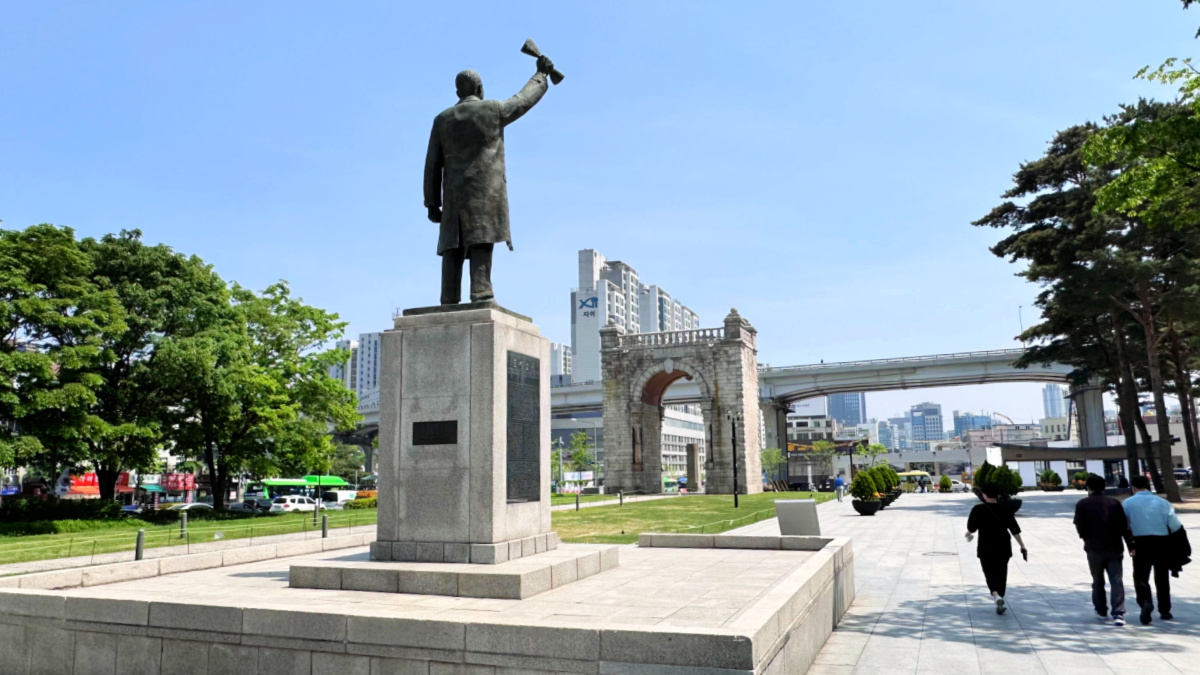 Seodaemun Independence Park in Seoul, Republic of Korea
Seodaemun Independence Park in Seoul, Republic of KoreaSeodaemun Independence Park
Seodaemun Independence Park in Seoul, South Korea, is a site of profound historical and cultural importance.
Established to commemorate Korean independence activists and patriots, the park serves as a living reminder of the nation's struggle and resilience during the Japanese colonial period from 1910 to 1945.
It offers a unique blend of historical monuments, educational exhibits, and symbols of freedom, all set within a serene and contemplative environment.
The park's layout and features pay homage to the past and provide an educational experience for visitors, making it a significant destination for those interested in Korea's history and the fight for independence.
Let's explore the critical features of Seodaemun Independence Park in Seoul in detail...
1. Seodaemun Prison History Hall: This museum was originally a prison built in 1907. It played a significant role during the Japanese colonial era, housing many Korean independence activists.
The prison is a stark reminder of the harsh conditions and torture that these activists endured. The history hall provides an in-depth look at this period, displaying artifacts, documents, and recreations of prison cells, offering visitors a vivid and educational insight into Korea's struggle for independence.
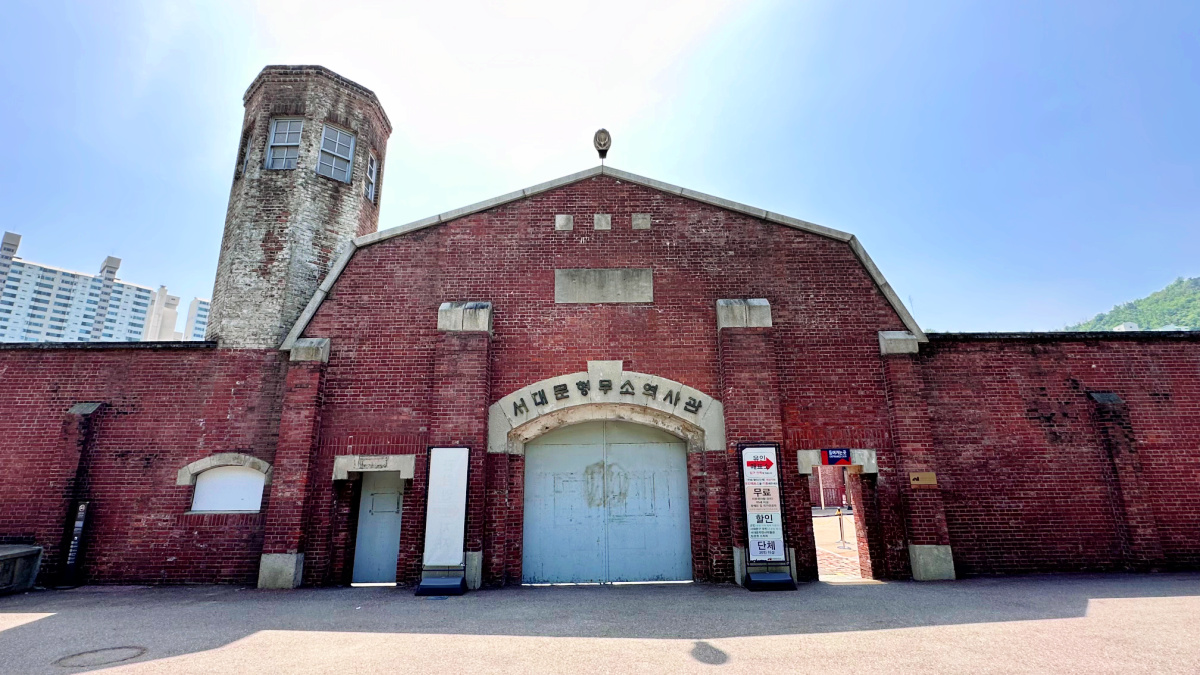 Seodaemun Prison History Museum, Seodaemun District, Seoul.
Seodaemun Prison History Museum, Seodaemun District, Seoul.2. Dongnimmun Gate (Independence Gate): Completed in 1897, the Independence Gate is an iconic symbol of Korea's aspirations for sovereignty.
Modeled after the Arc de Triomphe, it represents the nation's resistance against foreign powers, particularly during the late 19th and early 20th centuries. The gate's impressive granite structure and historical significance make it a poignant monument in the heart of Seoul.
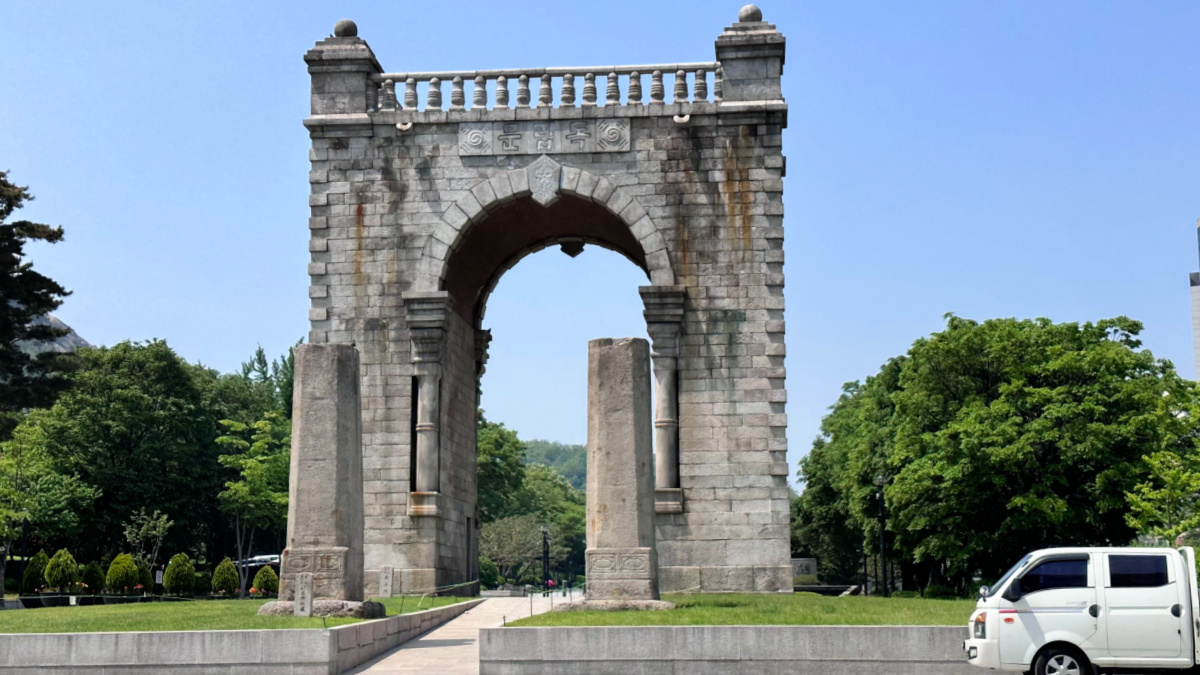 Seodaemun Independence Gate (독립문) at Seodaemun Independence Park, Seodaemun District, Seoul.
Seodaemun Independence Gate (독립문) at Seodaemun Independence Park, Seodaemun District, Seoul.3. Patriotic Martyr Monument and Other Monuments: These monuments, including the 3.1 Declaration of Independence Monument and statues of independence activists, are dedicated to the memory of those who fought for Korea's freedom.
Each monument tells a story of sacrifice, courage, and nationalism, honoring the heroes who died for the country's independence.
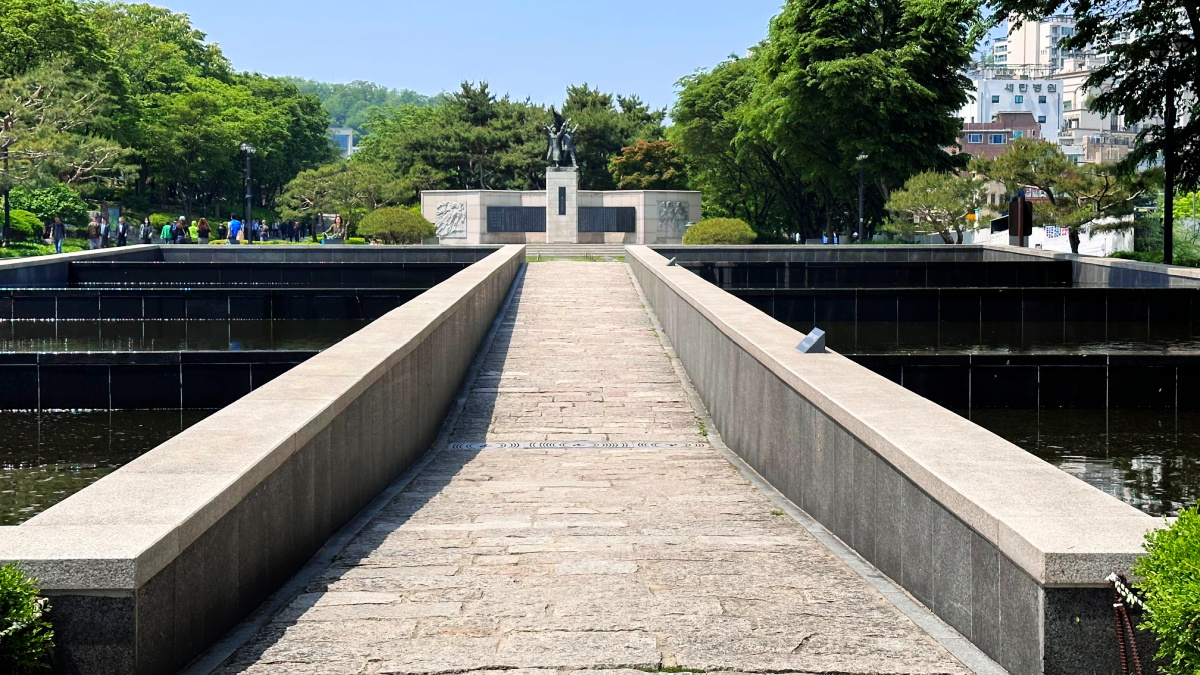 Patriotic Martyr Monument and Other Monuments - Seodaemun Independence Park, Seoul.
Patriotic Martyr Monument and Other Monuments - Seodaemun Independence Park, Seoul.4. Yeongeunmun Gate Remnants: The remnants of Yeongeunmun Gate, destroyed in 1895, serve as a historical testament to Korea's turbulent past.
The gate was originally used for welcoming envoys from the Chinese emperor but was demolished as a symbol of Korea's resistance against foreign influence. The remnants in the park are a sad reminder of the nation's struggle for autonomy.
5. Independence Hall (독립관): The Independence Hall is a reconstruction of a historical building initially constructed in 1407. This hall, originally called Mohwagwan, was used for greeting Chinese envoys during the Joseon Dynasty.
Its reconstruction in 1996 serves as a bridge connecting the past and present, showcasing the evolution of Korea's diplomatic and political history.
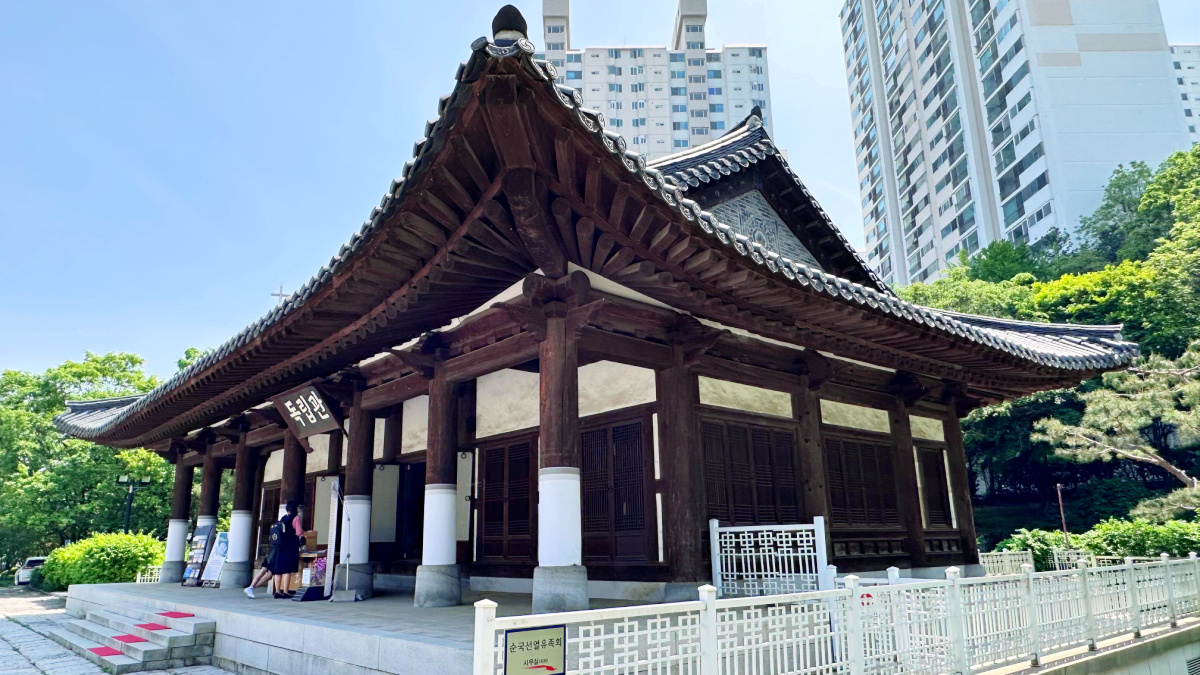 Independence Hall (독립관) at Seodaemun Independence Park in Seoul.
Independence Hall (독립관) at Seodaemun Independence Park in Seoul.6. Statue of Seo Jae-pil: This statue commemorates Seo Jae-pil (also known as Philip Jaisohn), a prominent figure in Korea's independence movement.
Seo was the first Korean to become a naturalized American citizen and was crucial in advocating for Korea's independence and modernization. His statue is a tribute to his enduring legacy and contributions to Korea's freedom and development.
 Seodaemun Independence Park, Seoul - Statue of Seo Jae-pil
Seodaemun Independence Park, Seoul - Statue of Seo Jae-pil7. Independence Square: Serving as the southwest entrance to the park, Independence Square is not just an entry point but a symbolic space representing freedom and autonomy. It's a space where visitors can reflect on the sacrifices made for independence and the ongoing journey of the nation towards peace and democracy.
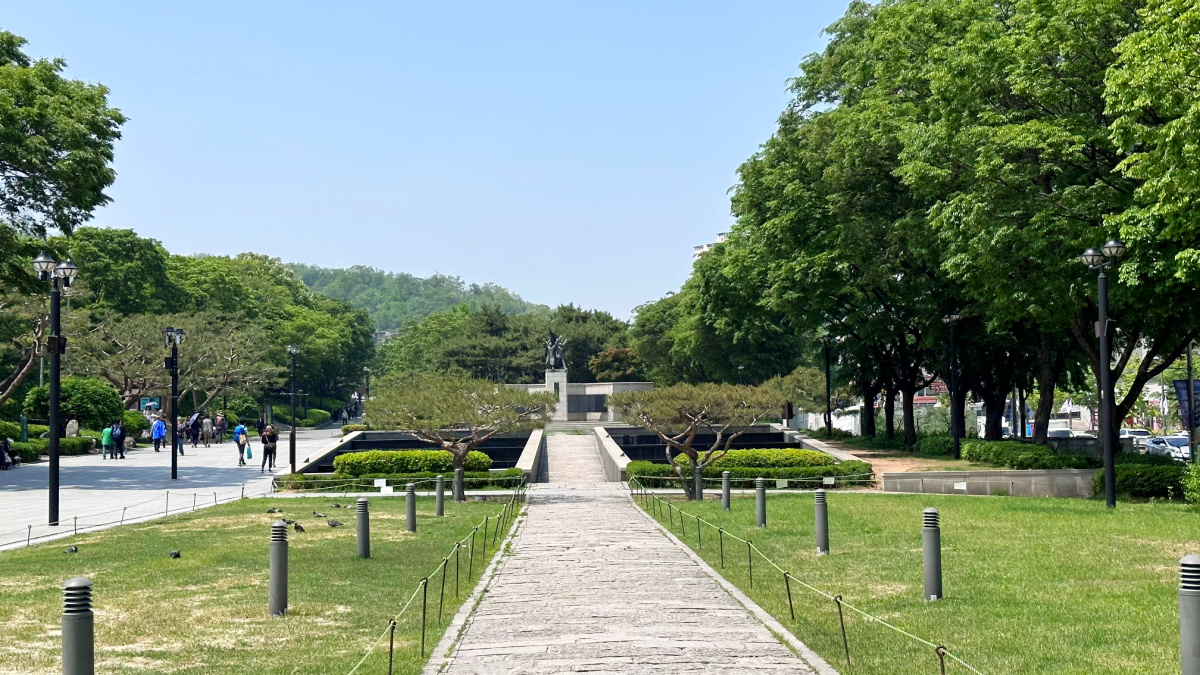 Independence Square - Seodaemun Independence Park, Seoul
Independence Square - Seodaemun Independence Park, Seoul8. Visitor Center: The visitor center at the park is an essential resource for anyone looking to understand more about the site and its historical context.
It provides educational materials, guides, and exhibits that enrich the visitor experience, making the history of Korea's independence movement more accessible and understandable.
Seodaemun Independence Park in Seoul, through these features, offers a comprehensive and immersive experience of Korea's historical journey towards independence. It stands as a testament to the resilience and spirit of the Korean people and a memorial to the heroes who fought for the country's freedom.
In modern-day Korea, Seodaemun Independence Park stands not only as a historical site but also as a vibrant symbol of the country's independence and national identity.
In contemporary South Korea, the park is more than just a collection of monuments and museums; it is a space where history intersects with national pride and education.
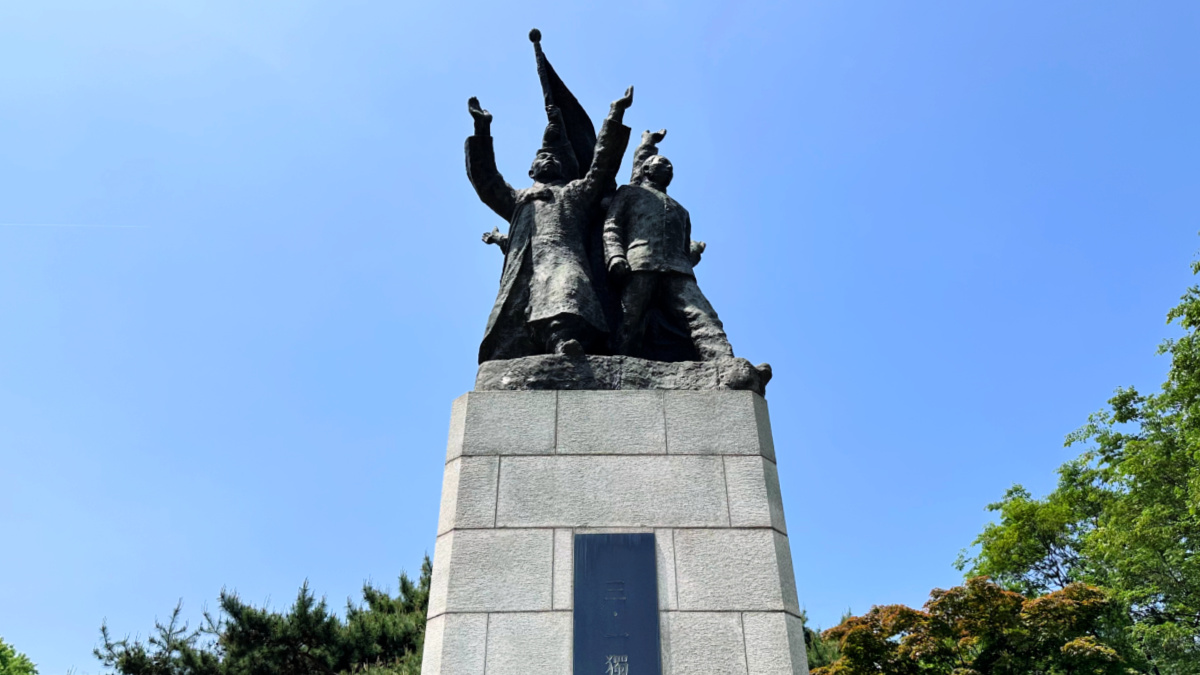 Seodaemun Independence Park - Martyrs Statues
Seodaemun Independence Park - Martyrs StatuesContemporary Significance of Seodaemun Independence Park in Seoul
Here are the best descriptions on the significance of Seodaemun Independence Park to the Korean people and to those who wishes to learn Korea's struggle against foreign agressors.
1. Educational Hub: The park is a vital educational resource for younger generations. It provides a tangible connection to a pivotal era in Korean history, helping to educate visitors about the struggles and sacrifices made for the country's independence. Schools often organize trips to the park, ensuring that history lessons are passed on to future generations.
2. Symbol of National Identity: In a nation that has experienced rapid modernization and change, Seodaemun Independence Park is a steadfast symbol of Korea's enduring spirit and resilience. It reminds citizens of the fundamental values and struggles that have shaped the nation's identity and sovereignty.
3. Venue for Commemoration and Reflection: The park is a focal point for national commemoration events, especially on days significant to Korea's independence movement. It provides a space for reflection and remembrance, allowing people to pay homage to the heroes of the past and contemplate the values they fought for.
4. Tourist Attraction: The park offers an insightful glimpse into Korea's history and culture for international visitors. It has become a significant tourist destination, attracting visitors from around the world interested in understanding Korea's past and its journey to becoming a modern, democratic nation.
5. Community Space: Beyond its historical and educational roles, the park serves as a communal space for residents and visitors alike. It's a place where people can gather, enjoy the serene environment, and engage with Korea's history personally and meaningfully.
6. Preservation of Cultural Heritage: The park plays a crucial role in preserving and promoting Korean cultural heritage. Maintaining and showcasing historical sites and artifacts helps keep the nation's cultural legacy alive and relevant.
7. Inspiration for Modern Values: The park also inspires contemporary values such as democracy, freedom, and human rights, which are integral to South Korea's national ethos. It is a testament to the country's journey from a colonized territory to a prosperous and democratic society.
Other Historical Sites Related to the Japanese Colonial Period
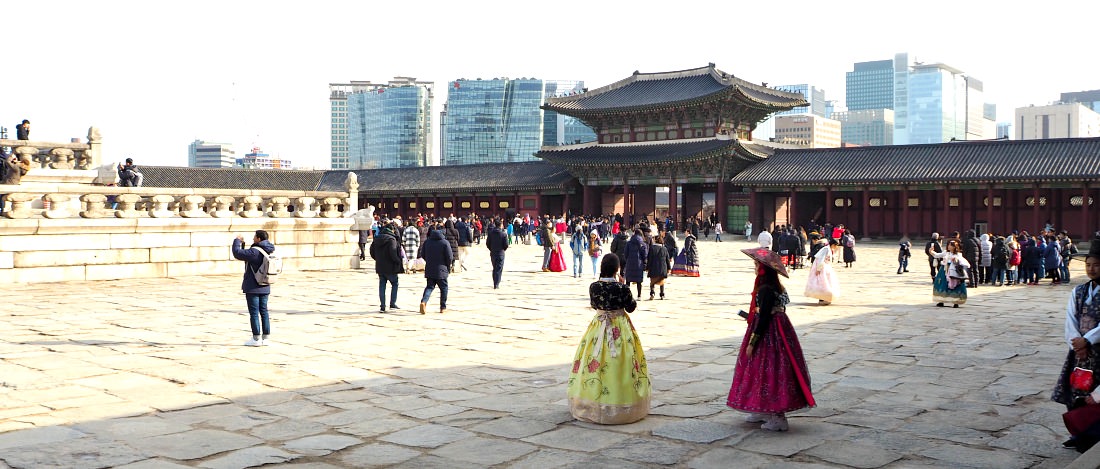 A view of a section inside Gyeongbokgung Palace.
A view of a section inside Gyeongbokgung Palace.There are several other historical sites in South Korea related to the Japanese colonial period, including the following:
1. Gyeongbokgung Palace: This palace was constructed in 1395 and served as the main royal palace of the Joseon Dynasty. The palace was almost completely destroyed during the Japanese colonial period, but it has since been restored and is now a popular tourist destination.
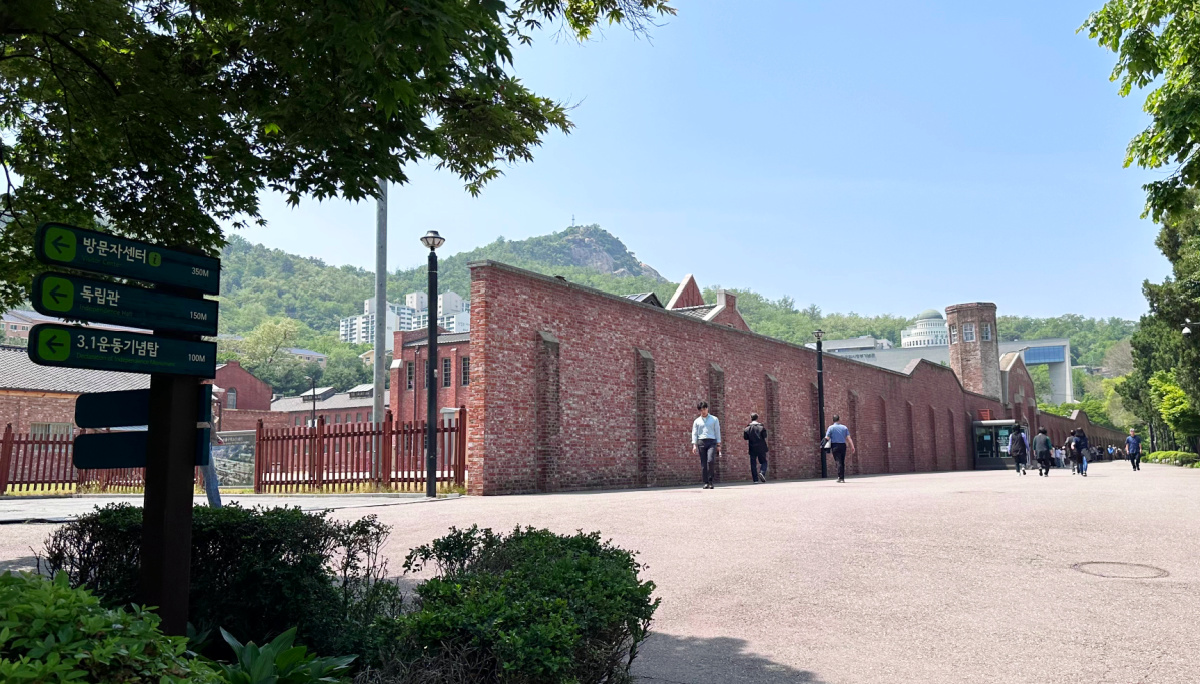 A side view of Seodaemun Prison History Museum.
A side view of Seodaemun Prison History Museum.2. Seodaemun Prison: This prison was used to house Korean independence activists during the Japanese colonial period. It is now a museum that provides visitors with an in-depth look at this dark chapter in Korean history.
3. Independence Hall of Korea: This museum is dedicated to the history of Korea's independence movement and features exhibits of prominent figures and events related to the movement.
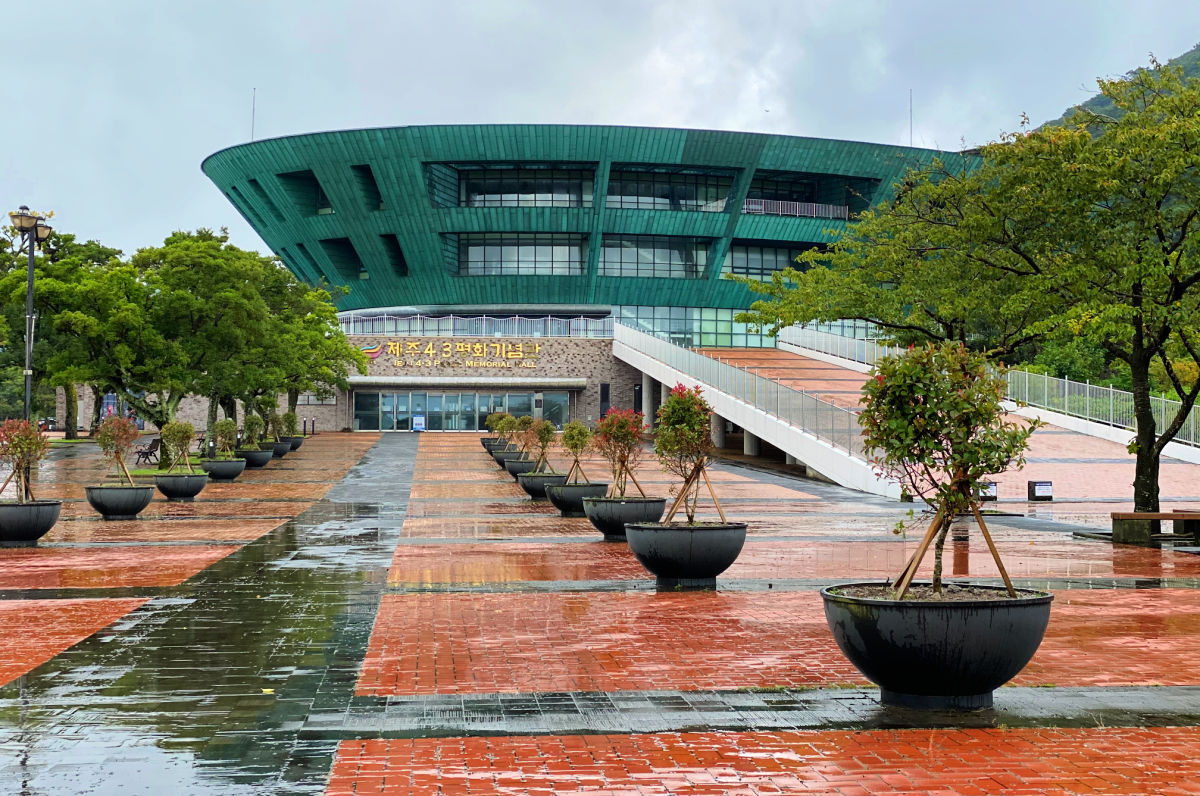 Jeju Peace Memorial Museum, Jeju Island.
Jeju Peace Memorial Museum, Jeju Island.4. Jeju Island: During the Japanese colonial period, Jeju Island was used as a place of exile for Korean political prisoners. Today, the island is a popular tourist destination known for its natural beauty and unique culture.
In summary, Seodaemun Independence Park in Seoul is not just a relic of the past but a living, breathing part of modern-day Korea. It continues to educate, inspire, and remind the Korean people and international visitors alike of the enduring importance of independence, national identity, and the sacrifices made to achieve them.
Getting to Seodaemun Independence Park
To reach Seodaemun Independence Park in Seoul using public transport, there are a couple of convenient options:
1. By Subway
- Take the Line 1 subway from City Hall Station to Jongno 3-ga Station.
- Then, transfer to the subway from Jongno 3-ga Station to Dongnimmun Station on Line 3-Orange.
- Upon arrival at Dongnimmun Station, use Exits 4 & 5 to access the park directly.
This subway route is efficient and popular for locals and tourists to reach the park. The park's proximity to the Dongnimmun Station makes it easily accessible and offers a pleasant and straightforward journey.
To reach Seodaemun Independence Park in Seoul by public Bus, you can use several routes:
2. By Bus
- Green Bus: Routes 7 Seodaemun, 7019, 7021, 7023, or 7712.
- Blue Bus: Routes 471, 701, 703, 704, 720, or 7.
- Red Bus: Routes 9701, 9703, 9705, 9709, or 9712.
3. Website (Korean and English) - https://sphh.sscmc.or.kr/
These bus routes provide a convenient way to access the park, making it easily reachable from different parts of Seoul. The variety of bus lines ensures that visitors can find a direct or connecting route to the park from their starting location.
- Home
- Historical Attractions
- Seodaemun Independence Park in Seoul
Get Exciting Activities
Book one of our exciting activities today to experience the thrill of a lifetime! Take advantage of this opportunity and secure your spot in advance.
Hotel Map Guide
Find your affordable, accessible, and comfortable hotel in Seoul at Agoda.Com. See the hotel map below...
Hotel Booking Guide
Find affordable and amazing hotels on Agoda.com using the search box below. Book now to enjoy great discounts and save!
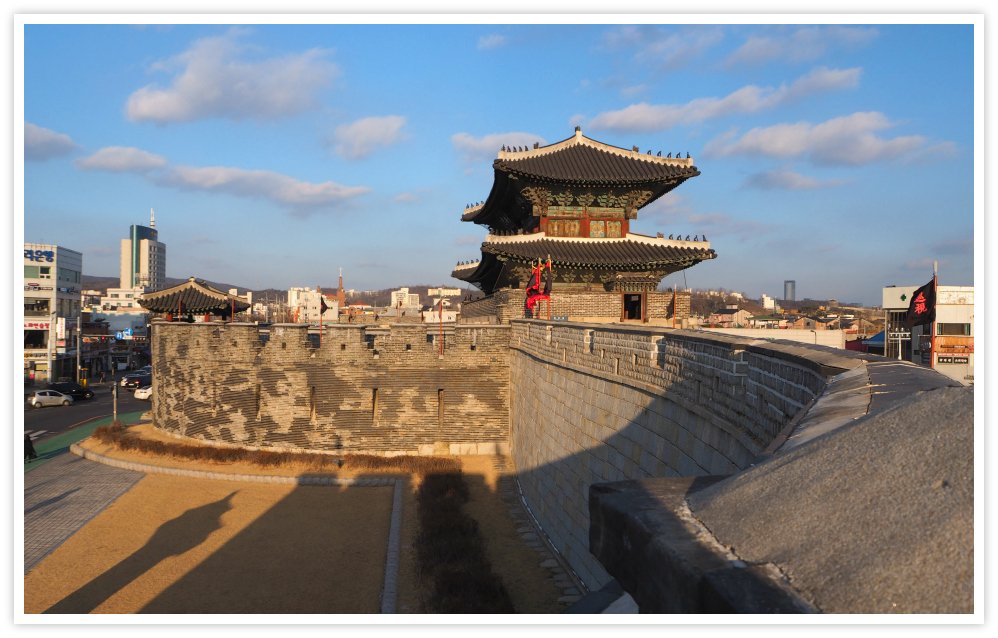
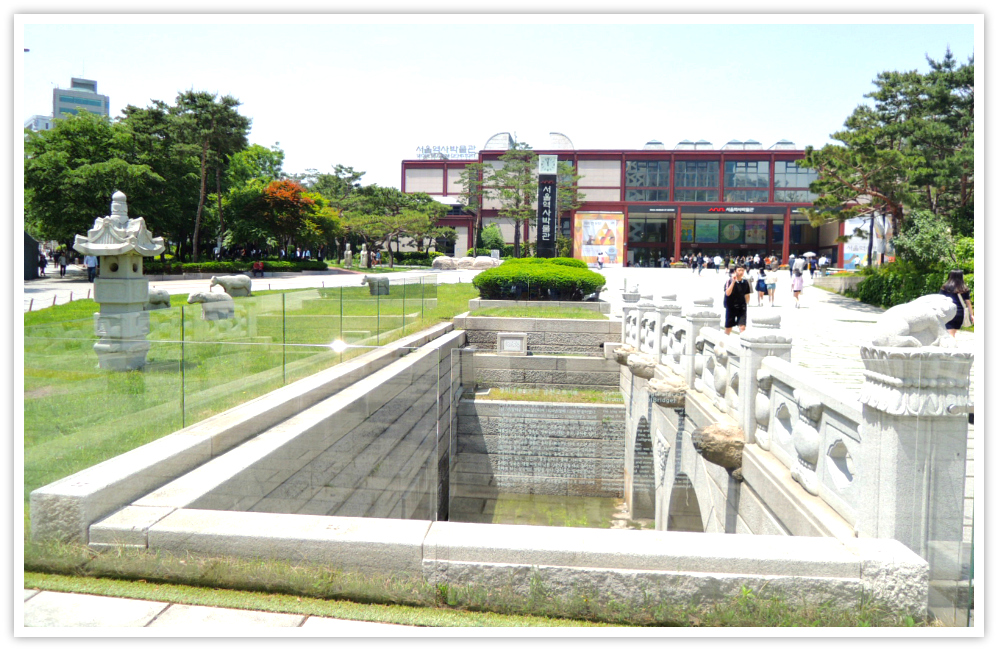
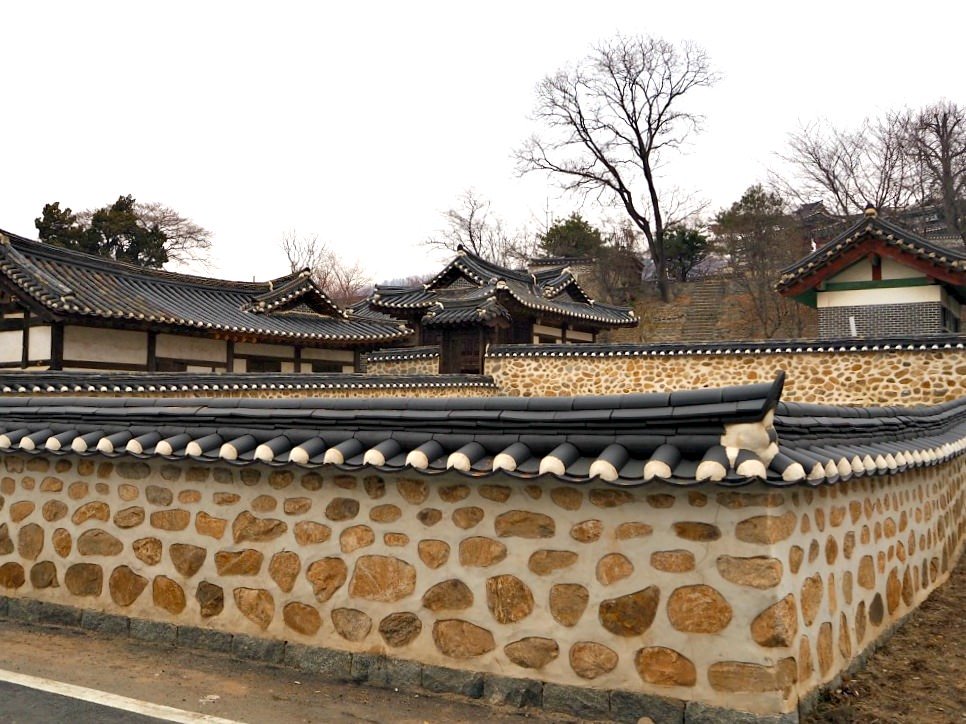




New! Comments
What do you think about this page? Leave me a comment in the box below.